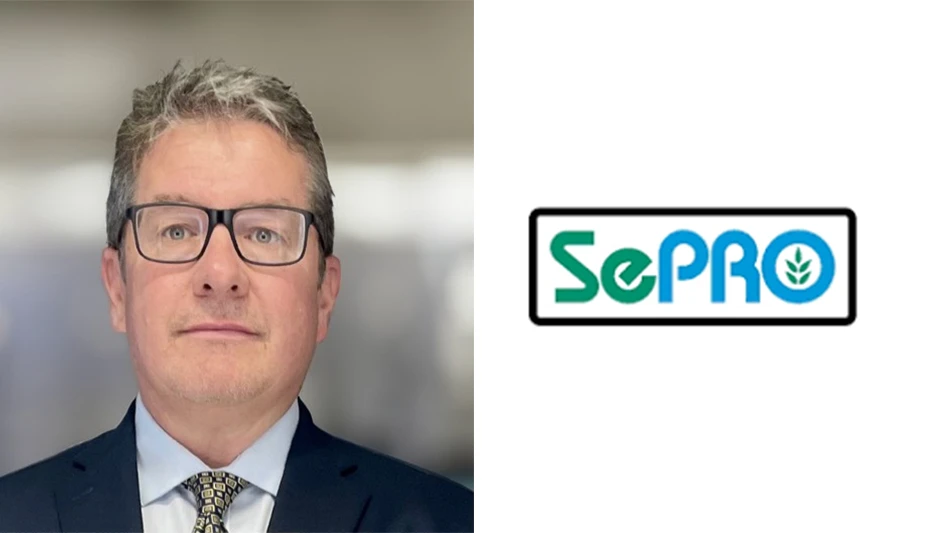
In the realm of agriculture, farmers want to build up nutrient levels in the soil and produce a maximum yield. Maintaining nutrient levels for golf turf is different because too much growth could occur, and cause unwanted extra maintenance, says Dr. James A. Murphy, specialist in turf management at Rutgers University’s Department of Plant Biology & Pathology.
“When you have high phosphorus levels, high potassium levels, in the soils, what you want to avoid doing is adding a lot of nitrogen because those three high levels in combination would give you that maximum growth,” Murphy says. “It’s not just one of them being high in the soil makes the grass grow fast; you have to have all three of them high in the soil to make it grow super fast.”
In addition to causing unwanted growth, over application of nutrients can burn turf, damage water features and generally cause nutrients to escape from the soil. As each nutrient has its benefits, each has the potential to disrupt management practices in its own unique way.
 |
Nitrogen
Overapplication of nitrogen can occur in a number of ways, including through a miscalculated application rate or an inaccurate sprayer setting, says Mark J. Davis, senior agronomist at Compass Minerals Plant Nutrition. Depending on the fertilizer source, extra nitrogen can burn turf. It can also cause environmental loss and overstimulate turf, he says.
Environmental loss can occur through groundwater contamination or excess runoff, so superintendents should avoid applying nitrogen to wet areas or dormant turf, he says.
In the case of overstimulation, superintendents will have to do more to mow and maintain turf than they normally would, Davis says. “You’re going to have more labor involved now because of that, all of a sudden, vigorous growth,” Davis says. “And plus what happens as well, we get too much nitrogen accumulation in the plant, we typically will foster conditions that will favor disease and some issues like that — disease and pest issues.”
 |
Phosphorus
Excess phosphorus escapes the soil through erosion and direct runoff in surface water, Davis says. When it makes its way into water features it can cause unwanted environmental conditions such as algal blooms.
Water quality issues that are associated with the overapplication of phosphorus, like algal blooms and excessive weed growth, are usually not visible until it is too late, Murphy says.
To avoid issues with excess phosphorus, superintendents should be aware of irrigation and rainfall, avoid overwatering and being cautious around water features, Davis says. “If we’re spraying or directly throwing a fertilizer into that water, obviously that’s a direct negative there,” he says.
 |
Potassium
Compass Minerals lessens the possibility of salt burn with Protassium+, a fertilizer that contains potassium sulfate, Davis says. Compared to potassium chloride products, it has lower chloride levels and a lower salt index, he says. “Sulfate of potash, because it’s much, much safer and has a much lower salt index, and because we have less than 1 percent of chloride in our product, an overapplication just simply means that you’re not being as efficient as you could with your fertilizer,” he says.
ABOUT THE AUTHOR
Patrick Williams is a GCI contributing editor.
Get curated news on YOUR industry.
Enter your email to receive our newsletters.Latest from Golf Course Industry
- Bloom Golf Partners adds HR expert
- Seeking sustainability in Vietnam
- Kerns featured in Envu root diseases webinar
- Toro continues support of National Mayor’s Challenge for Water Conservation
- A different kind of long distance
- Golf Construction Conversations: Stephen Hope
- EnP welcomes new sales manager
- DLF opening centers in Oregon, Ontario








